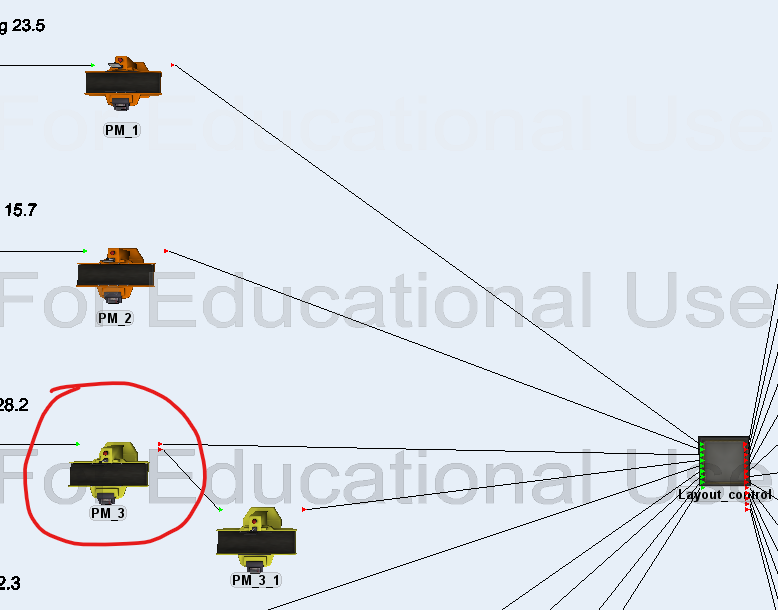Hi,
I set send message form PM1 to PM3 processor.
I want to set when PM3 get message close output port1.
It means item will go to PM3-1 processor, not to layout-control queue.
How can I set code in PM3 to choose output port1 or port2 ?
Please help. Thanks.

